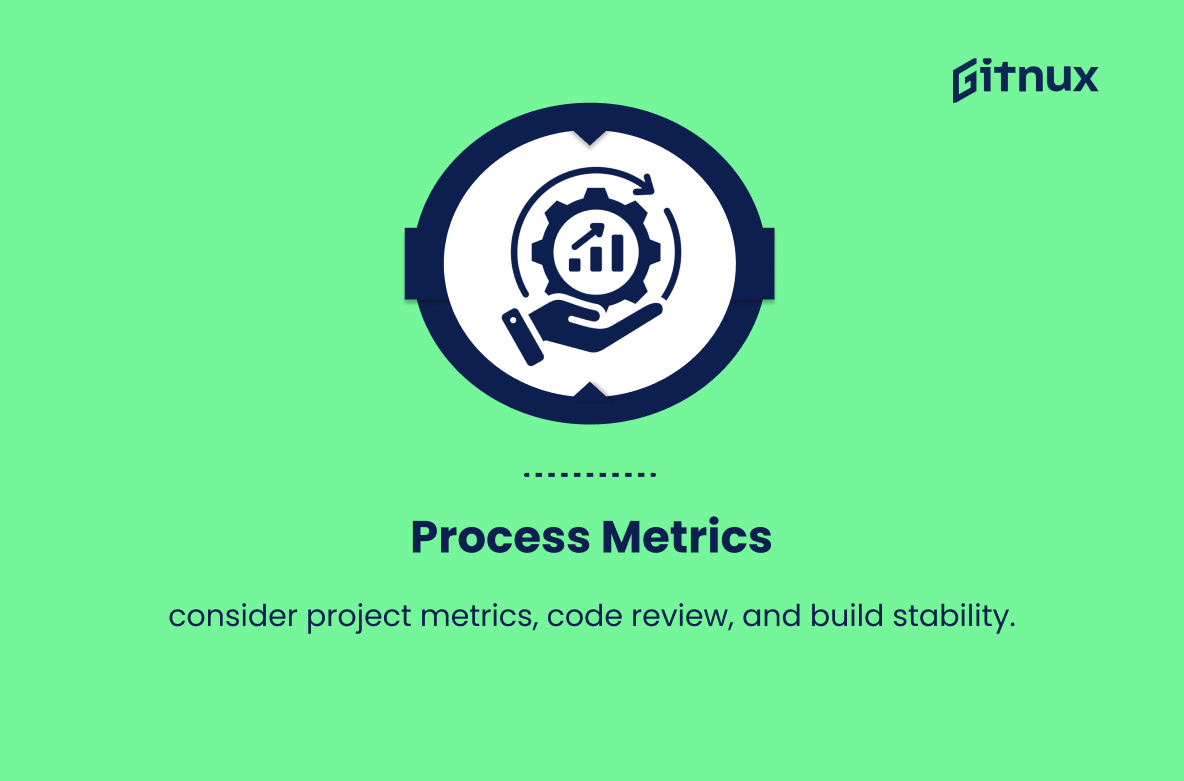In today’s rapidly evolving technological landscape, the development of high-quality software has become a crucial factor for businesses and organizations to remain competitive and efficient. Software Quality Metrics play a vital role in this process by providing essential data and insights necessary to gauge and optimize the overall performance, functionality, and maintainability of software applications.
This blog post delves deeper into the significance of these metrics, their benefits, and how implementing them can greatly impact your organization’s success in delivering top-notch software solutions. So, without further ado, let’s embark on this informative journey and unlock the secrets behind mastering Software Quality Metrics.
Software Quality Metrics You Should Know
1. Code Metrics
Measure the complexity, size, and structure of code, including lines of code (LOC), cyclomatic complexity, nesting depth, and code churn.
2. Test Coverage Metrics
Gauge the percentage of code covered by tests, such as statement coverage, branch coverage, and function coverage, indicating the amount of code tested and untested.
3. Defect Metrics
Analyze the number and severity of software defects or bugs, like defect density (the number of defects per LOC or function points), defect removal efficiency (percentage of defects removed prior to release), and defect age (time taken to fix defects).
4. Maintainability Metrics
Assess the ease of maintaining and modifying code, including coupling between objects (how code modules depend on each other), cohesion (how closely code elements are related), and code readability (ease of understanding code structure).
5. Performance Metrics
Measure the software’s efficiency and resource usage, including response time, throughput (number of tasks processed per unit of time), latency, and resource utilization (CPU, memory, disk, and network usage).
6. Usability Metrics
Evaluate the software’s user-friendliness, including user satisfaction ratings, task success rate, task completion time, and error rates.
7. Reliability Metrics
Estimate the probability of software failure, such as mean time between failures (MTBF), mean time to failure (MTTF), fault tolerance, and availability.
8. Security Metrics
Assess the software’s vulnerability and protection against security threats, including the number of identified security risks, code compliance to security best practices, and authentication and authorization effectiveness.
9. Scalability Metrics
Analyze the software’s ability to handle increased workload, including resource usage under various loads, growth in data volume, number of users or requests, and time to recover from failures.
10. Documentation Metrics
Monitor the quality and comprehensiveness of software documentation, including completeness, accuracy, readability, and consistency.
11. Process Metrics
Analyze the effectiveness of software development processes, including project management metrics (schedule adherence, cost, and effort variance), code review coverage, and build stability.
12. Code Reuse Metrics
Assess the degree to which code modules or components can be reused across multiple software projects, such as module dependencies, shared libraries, or component-based architectures.
13. Code Review Metrics
Evaluate the efficiency and effectiveness of the code review process, including the number of issues discovered, time spent on reviews, and review completion rates.
14. Technical Debt Metrics
Estimate the accumulated cost of maintaining and fixing poor-quality code, including refactoring efforts, code duplication, and the cost of postponed improvements.
Remember, not all of these metrics will be relevant to every project, and it’s important to select those that align with your team’s goals and priorities.
Software Quality Metrics Explained
Software quality metrics play a crucial role in evaluating and ensuring the efficiency, reliability, and success of software projects. Code Metrics provide insights into the complexity, size, and structure of code which help identify areas for optimization and potential bottlenecks. Test Coverage Metrics reveal the extent of code tested, ensuring a robust and stable software system. Defect Metrics analyze the prevalence and severity of bugs, driving improvements in the development process. Maintainability Metrics assist in keeping code maintainable, adaptable, and future-proof.
Performance Metrics measure resource usage and efficiency, contributing to enhanced user experience. Usability Metrics evaluate the Friendliness of software, significantly affecting user adoption and satisfaction. Reliability Metrics provide insights into a software’s probable failure and resilience, addressing critical system requirements. Security Metrics assess software’s security and vulnerability, ensuring protection against external threats. Scalability Metrics evaluate the software’s capacity to handle increased workload while maintaining performance, essential for software growth. Documentation Metrics ensure proper communication and understanding, vital for the software’s maintenance and collaboration.
Process Metrics monitor development processes to optimize project outcomes. Code Reuse Metrics encourage efficient software development by leveraging existing code components. Code Review Metrics measure the effectiveness of the code review process, ensuring the code quality and maintainability. Lastly, Technical Debt Metrics highlight the cost of poor-quality code, enabling informed decisions on improvement efforts. Overall, selecting the appropriate metrics based on project goals and priorities drives continuous improvement in software development endeavors.
Conclusion
In conclusion, software quality metrics play an essential role in ensuring the success of any software development project. By measuring various aspects of performance, security, usability, and maintainability, these metrics enable developers and project managers to identify areas of improvement, reduce errors, and enhance overall user experience.
Additionally, they help stakeholders make informed decisions, meet project deadlines, and achieve set objectives. Ultimately, prioritizing software quality metrics will elevate any development process to create robust, efficient, and highly usable systems that consistently satisfy the needs of end-users and clients alike. Invest in understanding and leveraging software quality metrics to transform your development process and deliver top-notch products.














